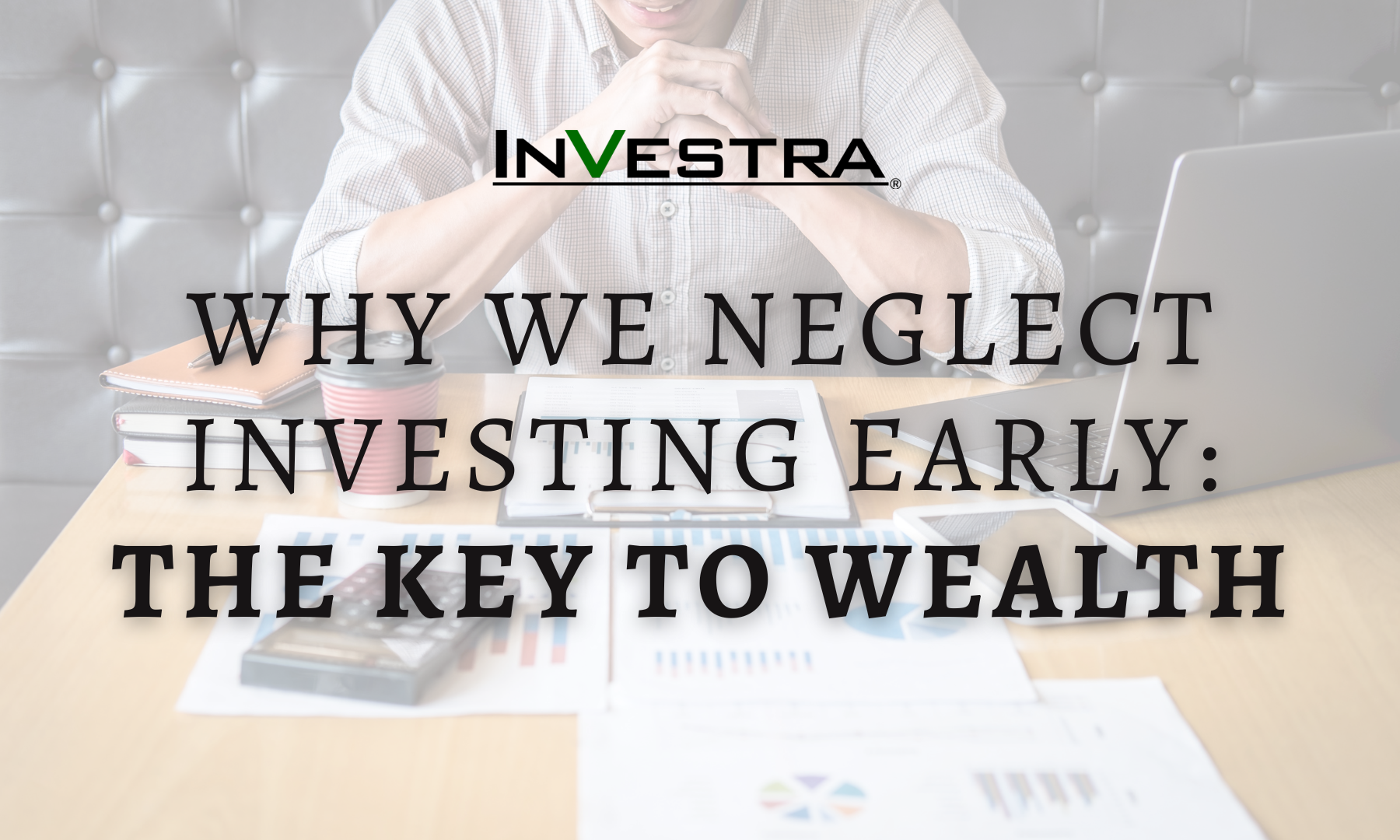Our everyday lives have changed dramatically over the last few weeks as we work together to minimize the impact of the COVID-19 pandemic. We know these efforts are necessary, but they also have come at a cost.
Global economic growth has been slowing, the US economy likely will contract temporarily, and US stocks have entered a bear market. Big stock market moves, both up and down, have become the norm. The yield on the 10-year US Treasury note has fallen to an all-time low, making borrowing cheaper—but challenging savers. In short, this has been a challenging period for many long-term investors, and you’re asking what’s next and what to do.
Despite elevated uncertainty, we’ve been encouraged by the actions of global central banks and governments to support their economies and stock markets through this challenging period. In the United States, the Federal Reserve (Fed) lowered its policy rate by a full percentage point, the first move that large since the savings and loan crisis, bringing the rate to a target range of 0–0.25%. The full impact of lower rates may have to wait until loan demand picks up, but other Fed actions may provide more immediate support to help financial markets continue to run smoothly, bolster short-term funding, and increase market liquidity.
At the same time, the US government already has passed several measures to support the economy, and it’s currently working on a major fiscal stimulus bill of at least $750 billion. Discussions are still taking place, but provisions possibly could include paid sick leave, expanded medical testing, unemployment insurance, direct financial support for consumers, and relief for some of the most heavily impacted industries.
It can be difficult to keep looking forward with so much uncertainty and so many unanswered questions right now. But for long-term investors, it’s also important to maintain a clear vision of financial goals and the plan for getting there.
Market volatility like we’re experiencing now may provide pockets of opportunity for suitable portfolios. As a recession increasingly is priced into markets, stock market valuations relative to their earnings power and to bond yields have become more attractive. Current uncertainty means taking a careful, measured approach, but for appropriate investors there may even be small ways to consider taking advantage of these potential opportunities.
It’s likely we may see an economic rebound later this year and into 2021 as the outbreak is contained, businesses reopen, and fiscal and monetary policy support expands. The US economy and corporate America have steered their way through world wars and cold wars, financial crises, and geopolitical events. Through even the most challenging times, markets have found their way back to normalcy, and investors have been able to look to the future. There’s no reason to believe this time will be different.
Trust your plan, be well, and please contact me if you have any questions or concerns.
Important Information
This material is for general information only and is not intended to provide specific advice or recommendations for any individual. There is no assurance that the views or strategies discussed are suitable for all investors or will yield positive outcomes. Investing involves risks including possible loss of principal. Any economic forecasts set forth may not develop as predicted and are subject to change.
References to markets, asset classes, and sectors are generally regarding the corresponding market index. Indexes are unmanaged statistical composites and cannot be invested into directly. Index performance is not indicative of the performance of any investment and do not reflect fees, expenses, or sales charges. All performance referenced is historical and is no guarantee of future results.
All data is provided as of March 18, 2020.
This Research material was prepared by LPL Financial, LLC. All information is believed to be from reliable sources; however LPL Financial makes no representation as to its completeness or accuracy.






